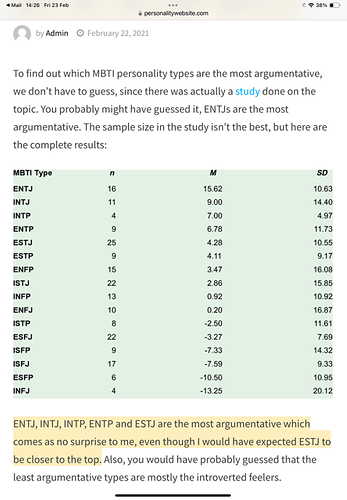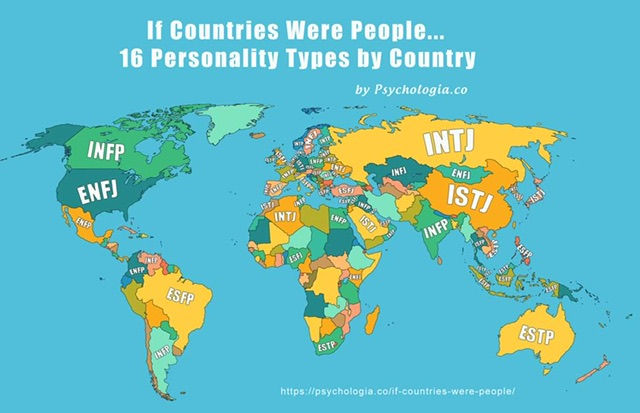Personal beliefs, cultural biases, and interpretations of history can influence views on androgyny and cultural decline. Many proponents of androgyny and gender fluidity argue that embracing a broader spectrum of gender identities and expressions fosters inclusivity, diversity, and individual freedom rather than signalling cultural decline. Others argue that androgyny challenges traditional gender norms and values, which they may perceive as a decline from the cultural and moral standards of the past. However, it may have a completely different origin.
The concept of androgyny, which involves a blending or lack of distinction between traditional male and female characteristics, has appeared in various forms throughout history and across different cultures over the last two millennia. In many ancient mythologies, deities were sometimes depicted as androgynous. For instance, the ancient Greek god Hermes was associated with masculine and feminine qualities. But in Hinduism, the deity Ardhanarishvara is depicted as a fusion of the god Shiva and his consort Parvati, embodying both male and female attributes and representing the synthesis of masculine and feminine energies of the universe. In the same way, yin and yang are interconnected and counterbalancing. Yin symbolises the dark, receptive, feminine force, while yang symbolises the light, active, masculine energy. From this perspective, the universe creates itself out of chaos (the Feminine) and organises into form (the Masculine).
We find these dichotomies all over the natural world, and the Tao te Ching says,
In societies where the masculine and feminine are distinctively different, we often find an imbalance in personality whereby the other attributes are underrepresented. We also find men unable to cope when their wives are away or wives when their men are not present because of strict roles administered to each sex. I have seen it often when one partner dies, leaving the other unable to cope. Men have feminine attributes just as women have masculine attributes, and the degree of distribution is on a spectrum and individual.
The androgynous appearance started when men started shaving or controlling their hair growth, revealing a personality often hidden when facial and body hair grows profusely. This also has a practical side, which in nursing becomes apparent with bodily odour increasing with more body hair because body hair can trap and retain sweat, providing an environment for bacteria to thrive. It can also lead to skin irritation, ingrown hairs, or discomfort. Numerous grooming practices, such as regular shaving or using other hair removal methods, have been employed to alleviate these issues.
This seems to have influenced perceptions of beauty or handsomeness, possibly because the shaved male face is more open and expressive. On another note, muscle mass is considered masculine, but it is also a health risk in old age if exercise is not maintained. Studies on longevity and lifestyle factors have suggested that other characteristics, such as a lean or slim body composition and a frugal lifestyle, are associated with longer life. A balanced diet, regular physical activity and avoiding extremes all play a role. On the other hand, reports of premature death (i.e. before the age of 50) are common in high-profile bodybuilders but also in men who have an unbalanced diet, do not exercise enough, and live with extreme challenges. This may influence lifestyle choices in younger people.
The modern world has also found previous sex-related job assignments largely unnecessary, and in my nursing profession, my role as a male nurse was welcomed – not only to cope with tasks that needed more strength but as a counterbalance in discussions. In the same way, I found female managers were often better at dealing with staff issues and had no problems in other aspects of the job. Some females overdid their competition with male colleagues, and you had the impression that they wanted to show that they were better than men, but these were in the minority. It was more often the case that men underrated women.
The spectrum of appearances has fascinated artists for a long time, and we regularly see masculine-appearing women and feminine-appearing men, with the understanding of beauty being more on the female side. This affects conceptions of handsomeness as well. The Renaissance period saw a revival of interest in classical art and philosophy. Artists and writers explored androgynous themes, often depicting figures with ambiguous gender characteristics. The concept of the androgynous ideal was explored in literature, such as in the works of figures like Shakespeare and the poetry of the time.
The feminine has long been associated with mystery, and the Romantic era saw a renewed fascination with the mysterious and the unconventional. Some artists and writers explored themes of gender ambiguity and androgyny as a way to challenge societal norms because of masculine dominance that was quite repressive and bigoted. In the 19th century, the dandy subculture emerged, characterised by individuals who rejected traditional gender norms through fashion and behaviour. It continued the protest against the suppression of women and opinionated views amongst men.
With the so-called sexual revolution, it was a different matter, and ideas gained ground that supposedly freed women from their biological roles despite the obvious consequences, and feminism claimed its equality as half of the population that had previously not been heard. When the androgynous look became popular in the 20th century, with figures like David Bowie challenging gender norms through their fashion and personas, it was a provocation against the standards that had dictated society for so long. It was musicians, fashion icons, and actors in the realm of popular culture who embraced androgyny by contributing to a more fluid understanding of gender.
The concept of androgyny has become intertwined with discussions about gender identity and expression in contemporary culture.
Rather than being a contributor to a declining civilisation, I see the discussion about gender identity and expression as a sign that society has managed to create insecurity among younger people and failed to maintain a balance. Unfortunately, society has the tendency to go from one extreme to the other, although I feel the competitive nature of society exacerbates this. Continually seeking “newness” or novelty, wanting to stand out rather than contribute towards society’s resilience, seems to be what young people are presented with as viable life goals. The problem has, as always, two sides: the call for progress and growth against the cautionary warnings against change. They are both problems because change is the nature of life, but progress in the form of perpetual growth is probably not.
The imbalance in society causes an imbalance in its youth – what could be more understandable?

